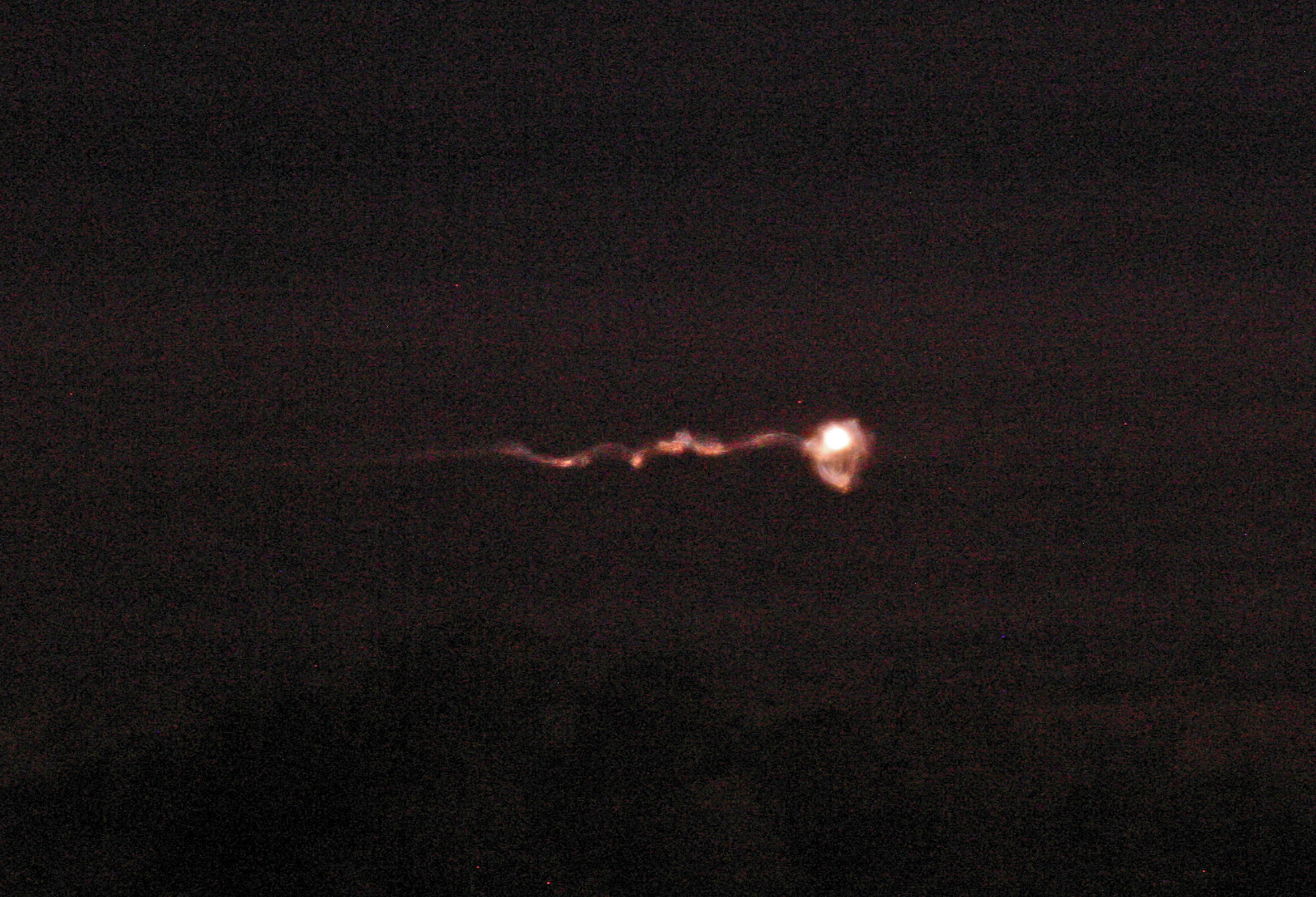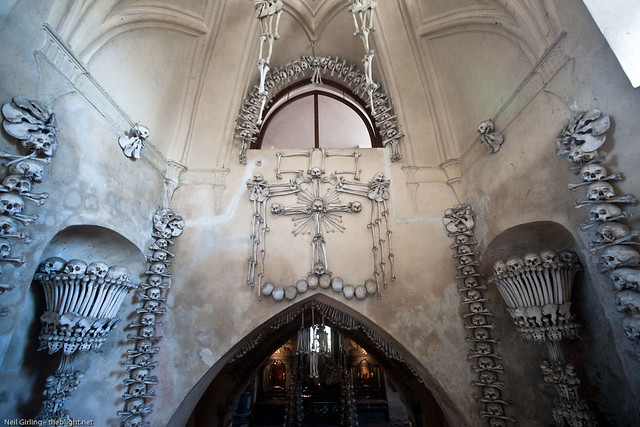Author: Christina Saylor
Many people believe that science has
everything about earth all figured out, but this isn't true. There are
thousands of phenomena all around the world that can't be explained by science.
One of these takes place in Racetrack Playa,
Death Valley, California, where rocks move about the playa without the
assistance of humans or animals. This mysterious event has been named “The
Sailing Stones of Death Valley” and despite much scientific research, it has
not been fully solved.
Since
no one has actually witnessed the rocks moving, the only proof of their
movement is the paths they leave behind, which are anywhere from 3 to 12 inches
wide, tens to hundreds of feet long, and less than an inch deep. These stones vary
in size, shape, smoothness, and type and move in seemingly indiscernible
directions and patterns. A rock can start off moving in one direction, then
suddenly change and go a new direction, sometimes even turning completely back the way they came or
looping around other stationary rocks. Two rocks can start off moving parallel
to each other, then, out of nowhere, split off and go their separate ways.
Many
people have their own explanations for this occurrence: claiming that people
are going out at night and moving them, supernatural entities are moving them,
some people even claim that average humans are moving the rocks with their
minds without even knowing it. The best explanation scientists have found for
this phenomenon is the snow-melt from the surrounding mountains that
occasionally covers the lake bed. This wet ground combined with the high winds
that can reach up to 90mph at ground level create the perfect environment for
rocks to slide easily across the ground. But how can this explain the patterns
left by the rocks? If it was truly the wind moving these rocks, wouldn't
parallel rocks be influenced to move the same direction and to switch direction
at the same time as each other as the wind changes. Why are only some of the
rocks moving throughout the valley while others remain stationary? Has science
truly found the cause of these “sailing stones”, or is there still a great deal
of mystery surrounding this occurrence?
Works
Cited:
Cahill,
Tim. “Raising Heaven – Where Rocks Go Wandering.” Nationalgeographic.com.
National Geographic, Nov. 2007. Web. 25 Oct. 2012.
Mason, Andrew. "The Sliding Rock Phenomenon." Physicsforums.com.
Physicsforums.com, 22 Jan. 2005. Web. 25 Oct. 2012.
Messina, Paula.
"The Sliding Rocks of Racetrack Playa." Geosun.sjsu.edu. San Jose State University, n.d. Web. 23 Oct.
2012.
Mohl, Eric. "Blogs
We Like." Lonelyplanet.com.
Lonely Planet, 26 Apr. 2012. Web. 25 Oct. 2012.
Schewe, Philip.
"Why Are Death Valley's Rocks Moving Themselves?" Foxnews.com. FOX News Network, 18 Feb.
2011. Web. 23 Oct. 2012.
Links for further research:
National
Geographic
Contains
articles on the sailing stones and other geologic phenomena.
Youtube
Videos
about the sailing stones can be watched here.
National
Park Service
Information
on Death Valley is available here.







.jpg)







